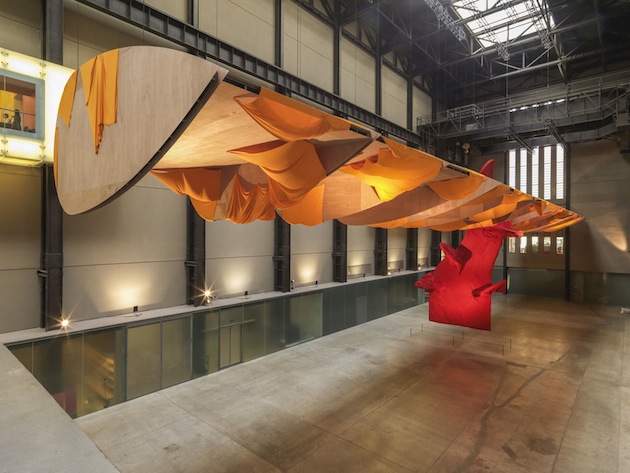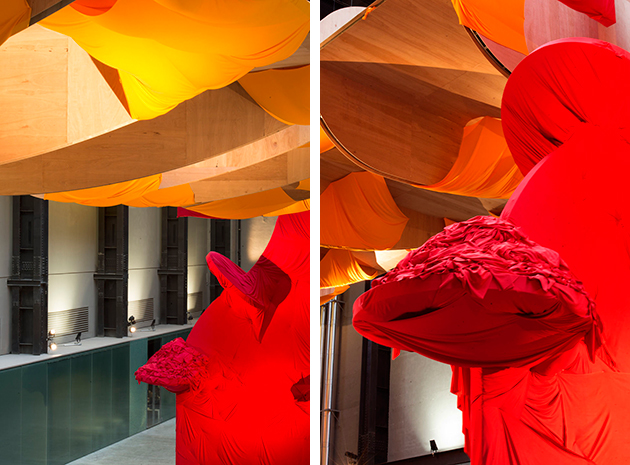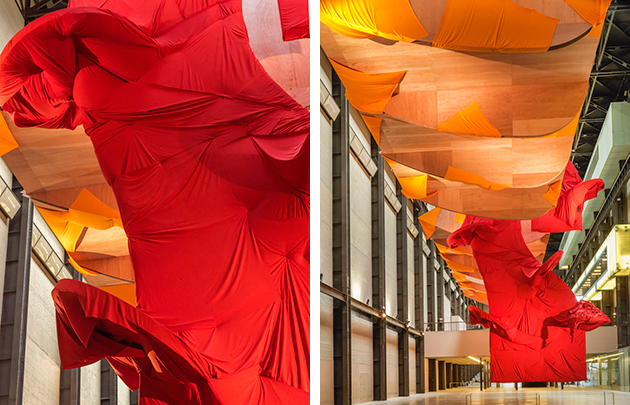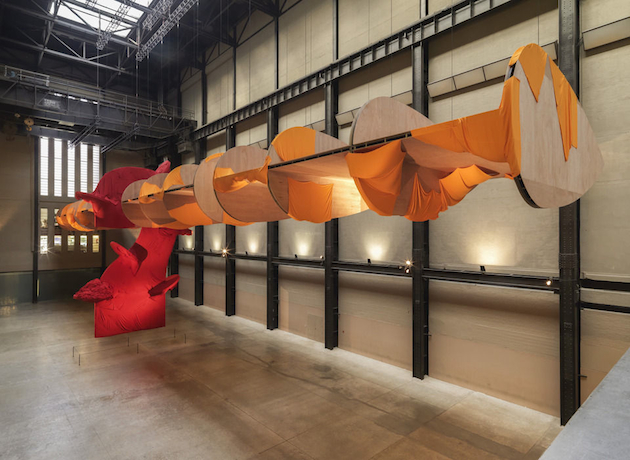
Richard Tuttle (born in 1941 in New Jersey) came to prominence in the 1960s, combining sculpture, painting, poetry and drawing. He has become revered for his delicate and playful approach, often using such humble, everyday materials as cloth, paper, rope and plywood. Two major art institutions in London – the Whitechapel Gallery and Tate Modern – are currently showing a comprehensive survey of Tuttle’s work through a retrospective exhibition, a specially commissioned project and a new publication, titled “I Don’t Know, Or The Weave of Textile Language”.

Taking textiles – the material that is most commonly associated with craft and fashion, yet lies hidden behind many of the world’s most acclaimed works of art – as the starting point of the project, the exhibition investigates the importance of this material throughout history, across Tuttle’s remarkable body of work and into the latest developments in his practice. The Whitechapel Gallery presents a major exhibition surveying Richard Tuttle’s career from the 1960s to today: showcasing works selected in close dialogue with the artist the exhibition centres on his use of fibre, thread and textile, all positioned in a formal relationship with each other and in direct response to the architectural framework Whitechapel Gallery’s historic exhibition spaces.

Alongside this exhibition, Tate Modern presents a newly commissioned sculpture in its iconic Turbine Hall. Principally constructed of fabric, it is be the largest work ever created by the artist, measuring over twelve metres in height. It will bring together a group of specially-made fabrics, each of which combines natural and man-made fibres to create different textures in bright colours. These will be suspended from the ceiling as a sculptural form, contrasting with the solid industrial architecture of the Turbine Hall, to create a huge volume of joyous colour and fluidity.


